Erik Wolf
Episode 64: Running a Successful Food Tourism Program, with Erik Wolf
In this episode, you will learn about the ins and outs of the food and beverage tourism industry and how to run a successful food tourism program from Erik Wolf.
Erik Wolf is the founder of the world’s food tourism industry and of the World Food Travel Association. He is a highly-sought speaker, thought leader, strategist and consultant, in the US and abroad, on food and drink tourism issues, and is considered the go-to food tourism industry resource for media outlets that include CNN, the BBC, the Wall Street Journal, Newsweek, NBC, Forbes, PeterGreenberg.com, Huffington Post, the Australian Broadcasting Corporation, and many more.
Erik has consulted to leading global brands that have included American Express, Disney, Marriott and Royal Caribbean Cruise Line. He has regularly advised cities, regions and countries, and organizations such as UNESCO’s Creative Cities Network gastronomy program and the UNWTOs Gastronomy Network. His articles, research, and books have been translated into dozens of languages.
More on Erik’s Background
Thank you so much for joining me, Erik.
Hi, Nicole. Thanks for having us.
I’m really looking forward to our conversation today, but before we get started I am wondering if you can tell us a little bit about your story in your own words. I find it provides so much more context for our listeners and for our conversation.
Sure. A lot of times people want to know how the food tourism industry started or what my role was in the starting of the food tourism industry. The journey really began back in the year 2001. I was working for a tech company in San Francisco, and I smelled the layoff that was during the dot-com blowout era. I requested a transfer to the company’s Portland office where I would rather be unemployed, where it was a lot more affordable to live than in San Francisco, which would have blown through savings in just a matter of a couple months. So the transfer was approved, I moved to Portland, and lo and behold three months later I was laid off.
During that time that I was laid off, I wrote a white paper about food tourism. At the time we were calling it culinary tourism. That was a white paper that was traded around the world. We got so many requests for it. Really it was designed to lay out a business case for businesses of all kinds, destinations, individual businesses. It didn’t matter if it was cooking schools, hotels, whatever. Really to show them the value of food tourism, what it was, and the benefits that could be realized from working with the industry. That white paper received several hundred downloads and ultimately gave rise to the founding of the association in 2003.
That is a really interesting story. I love how you’ve gone from tech to food, which I think that’s a really interesting transition. But what also I think is really interesting is that you had the foresight to think about where do I want to start my next adventure, where do I wanna be unemployed, and made that big move from San Francisco to Portland.
To be fair, I’ve always been a foodie. I was raised in a family of foodies. When I was trying to figure out what I wanted to do with my career, I put three of those three post-its on the wall and I asked myself what do I like doing, where do I have connections, and what am I good at? And it came down to food and travel for each of those. I just saw food and travel next to each other on the wall and I thought food travel, of course, that’s what we call it now but at the time I didn’t think that was sexy enough so I came up with culinary tourism. That was what gave rise to the name of the paper and the industry in the early days.
Wow, that’s really cool. When you described the white paper, you said it laid out the business case for food or culinary tourism. What were the types of things that you were looking at back then to develop that business case?
Well, basically what I had identified is that people had overlooked the food and beverage experience that travelers enjoy. People seemed to be obsessed about things like hotel rooms, cruise ship cabins, the sales in the travel process. Online travel agents were just coming to be a thing at that time. People really had not spent any time looking at the food and beverage component of tourism. It was about attractions, it was about selling tickets, putting bums in seats as people say. No one had really looked at the food and beverage experience. For us, the food and beverage experience was paramount.
Really what it represented was a paradigm shift in looking at food and beverage from something that was a passive, something that people had to do, rather than looking at it as an attraction. So food and beverage can be attractions. It’s really when you bring attention to the locally sourced or locally manufactured food and drink products, that’s when they’re attractions that people will actually travel for and that’s what the paradigm shift represented.
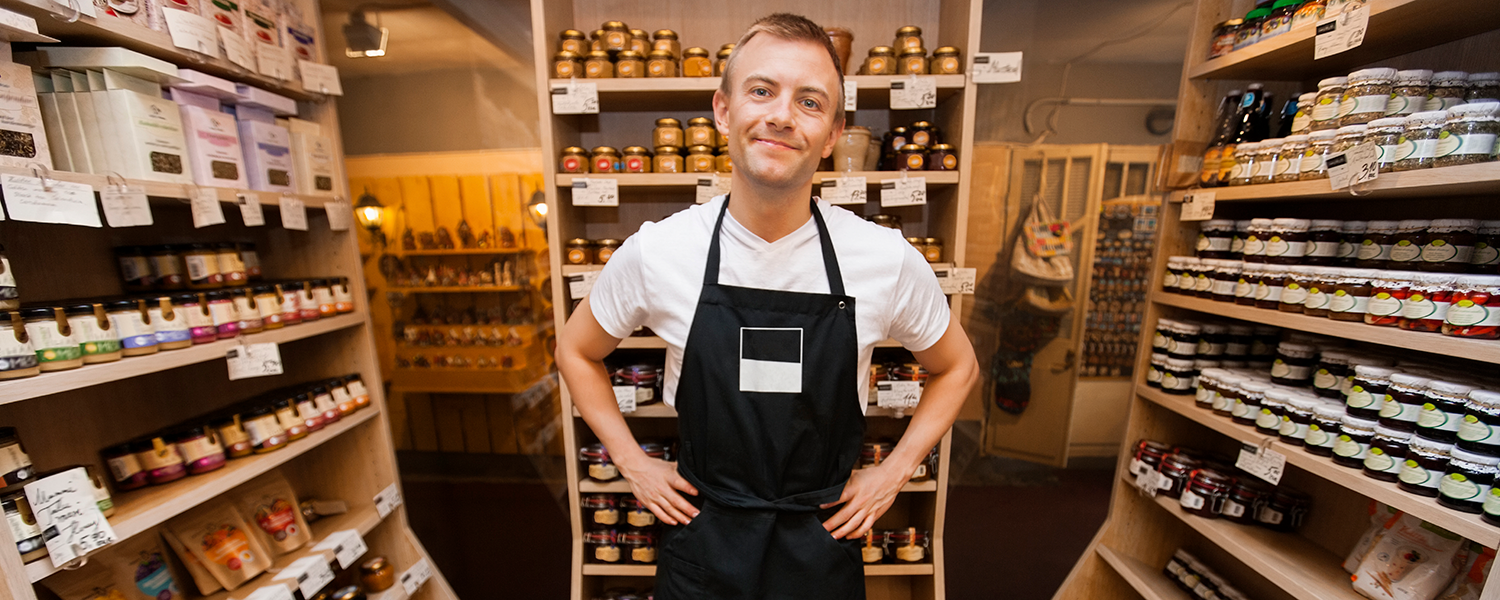
World Food Travel Association
[bctt tweet=”“Food and beverage is an experience. It’s not passive, something that people have to do. It’s an attraction.” – Erik Wolf #WhyCollaborate #podcast”]
Yeah, I think that’s really interesting that you had that foresight in 2001 because, of course, travel and tourism has evolved over the last probably 10 years or so to be, and the millennials are teaching us this, more experienced focused. To have that vision way back in 2001 that wait a minute, it’s more than just taking a cruise. It’s more than just an overnight at a hotel. It’s the whole experience and food and beverage is definitely a huge part of that, I think is really amazing and really, really awesome.
Very much so.
I’m looking forward into diving into some of these questions. As we mentioned on the pre-interview chat, we like to focus in on two areas on the show, creativity and collaboration.
Building a Food Tourism Strategy
I’d like to start with thinking about creativity and learning from you in that area. One of the things that we recognize is that the travel and tourism industry is highly competitive. There are so many choices of destinations that visitors can go to all over the world. Not only that, but our time is limited, so we can only do so much as leisure travelers. I’m wondering what you have seen work to help destinations or the folks that you work with and represent stand out from the crowd.
We actually see a lot of copycatting where that people think things are gonna work and they don’t work. I guess in the early days, one of the best examples I saw of trying to woo food travelers was the work done by Visit Scotland. They had a website, and I guess was back around 2005, 2006, called EatScotland.com. It was a website that brought to the forefront all of the interesting food and beverage experiences to be found throughout Scotland. Of course, there was a heavy emphasis of whiskey and whiskey tourism in there. But there was also a lot that was woven in with regard to local food and drink products.
Visit Scotland at the time also had created a gourmet trail which was a set of trails. I think there were about six trails that started in either Edinburgh or Glasgow and took visitors around into rural parts of Scotland. It was extremely well conceptualized. It was just a great product. For some reason, they took down the EatScotland website and folded it into their regular website. I’m not sure of the strategy behind that. But in any case, that was an example of a great product and a great program. I thought it was really well done.
A more current example would be the work of Failte Ireland, which is a product development agency in the Republic of Ireland that is responsible for developing tourism products. Food tourism is one of the products that they focus on. They have a program, and I forget the exact name, but it’s something like the Food Ambassadors Program. There’s about 20 different people throughout Ireland that represent different geographies in the country. These are the people who have their ear to the ground. They are known locally but they’re also the people with a connection back up to the top, so they’re the people who speak to Failte Ireland back at Dublin. They send information to that agency and the agency then disseminates information locally through them.
It’s through this network of 20 representatives that they’ve been able to develop their food tourism products in a very solid way. They have three routes now that they have developed, touring routes that take people around Ireland. One is called the Wild Atlantic Way I believe, and that’s a route that takes people around the Atlantic Coast of Ireland. They have another tour route through the Boyne Valley and then another one in the greater Dublin area.
These tour routes are really kind of overlaid on that ambassador network. It’s the ambassadors that are able to provide input and feedback to the development of those products. It’s extremely well conceptualized and it’s also been very well received by the industry as well as consumers.
Yeah. I think both of those are great examples. What I really like about the Ireland example is that it is the product development. It sounds to me like that one might go a little bit deeper than maybe what EatScotland did when they first started by just creating these trails where, if I’m tracking with you properly, that this new Ireland program is actually going a little bit deeper than that by engaging with these ambassadors and actually developing product that leisure travelers can buy and experience. Is that correct?
Yeah. The products that the leisure travelers can enjoy. They can figure out, they can find the routes and then drive on the route. I think that the important lesson here is that Failte Ireland has had a food tourism strategy. The strategy actually came after the development of these routes, but regardless they have a strategy and a vision and they’re executing on that.
So many times we see destinations without a strategy. They have a marketing campaign or a couple products they develop. They don’t dovetail into an overall strategic plan. I think that is really, it’s the death knell for any kind of food tourism products. You can have a campaign and you can have a product but if you don’t know how to fit into the rest of your program or your operations, it’s just not gonna do well. You won’t know how to measure it. You won’t know how to take those learnings and fold them back into future product development.
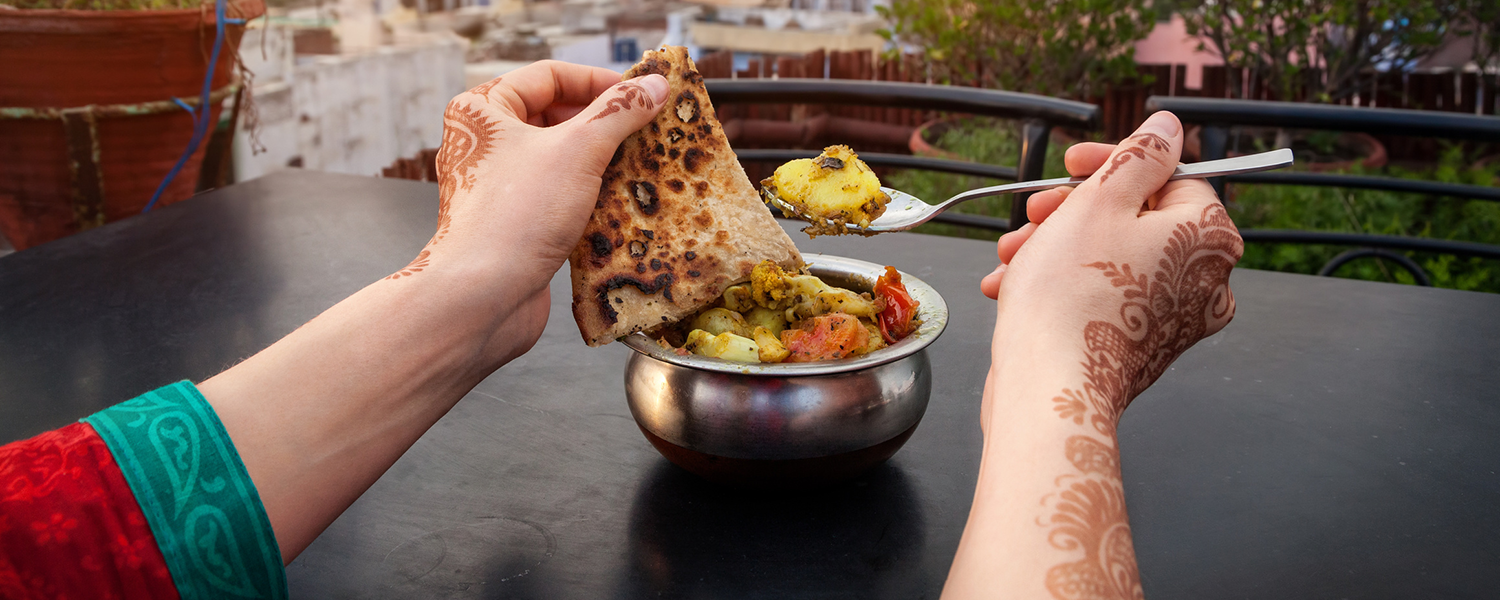
World Food Travel Association
[bctt tweet=”““Many food tourism programs simply need fuel for the engine. So many times we see destinations without a strategy.” – Erik Wolf #podcast #podcast”]
So Erik, I think that the Ireland and Scotland examples that you just shared were really great, and I really appreciate talking about this whole idea of strategy and vision. It makes me think about the area of the US where I live, which is in the Finger Lakes vacation region of New York State. Food travel is very important to our region. We have all kinds of wine trails, craft beverage trails, a cheese trail, and a sweet treat trail. My question for you is how do regions or destinations that might already be in food travel really work on those programs to make them even more successful?
I think these kinds of programs simply need fuel for the engine. A lot of times we’ve seen food tourism programs or even strategies try to take off and they may have had a short life and for whatever reason, the programs have failed to continue. There could be ministries that are competing at the top level of government or it could be a very narrow focus by the destination. For example, a destination that focuses only on promoting gourmet experiences has really got to have its act together and make sure that they wanna put all their eggs in the gourmet basket.
We see that in the case with Peru, where Peru has decided to focus on gourmet as their primary offering for inbound long-haul travelers. However, there are only two or three Michelin Star restaurants in Lima. Getting around in Lima is an absolute nightmare and it absolutely ruins the experience for the traveler when they’re there. Also, the fact that these Michelin Star restaurants can only serve 30, 40, 50 people at a time. That’s hardly gonna make a long-term economic impact on a destination.
Peru’s not the only destination that has decided to focus on gourmet. We know from research that our association has done that interest in gourmet experience among travelers is way at the far end of the spectrum. In 2010, it was only 8% of travelers expressed that as a primary interest. In our 2016 it was 18% of travelers. Travelers can have up to three primary experiences and those kinds of experiences can be authentic, localist, organic, vegetarian, trendy, social, you name it. So when only 18% of those people were listing gourmet as one of their top three psycho culinary profiles, that’s still at the bottom of the list. That 18% is still 10th ranked among 13 different choices that they could choose from. So gourmet is a very, very small interest, has a very small economic impact, and I would encourage destinations to really focus on the overall experience. You want to focus on unique and memorable food and drink products and experiences, so not just the high-end ones.
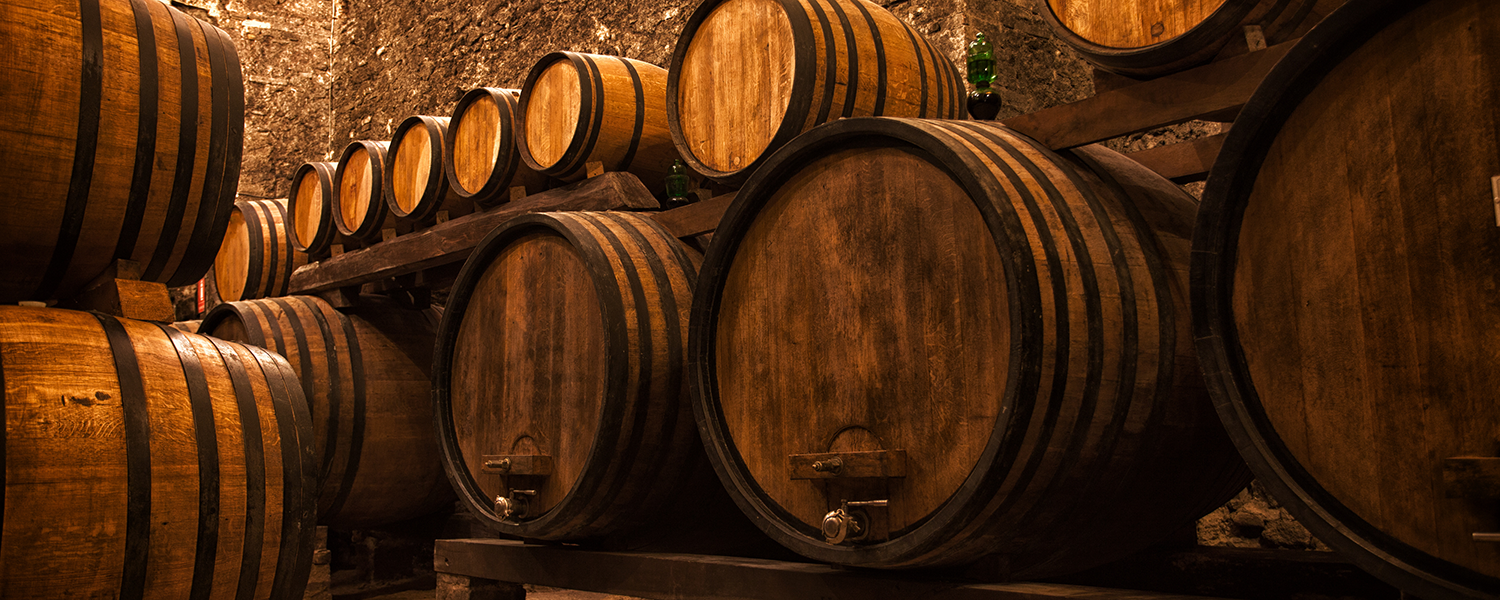
World Food Travel Association
[bctt tweet=”“Gourmet is a very, very small interest, has a very small economic impact, and I would encourage destinations to really focus on the overall experience.” – Erik Wolf #WhyCollaborate #podcast”]
One example of a destination that I always love sharing is Nova Scotia in Canada. Nova Scotia, this was actually a program from the Taste of Nova Scotia Organization, so it wasn’t the tourism office there, although Taste of Nova Scotia did work with the tourism office. What Taste of Nova Scotia did, it really highlighted all of those food and beverage experiences and products around Nova Scotia that a visitor could expect. Places where they could buy things and where they could experience things, it wasn’t just restaurant-focused. It had things like cooking schools, food and beverage manufacturers, food tours, and so on.
That’s another, as a side note, another thing that destinations forget is that they’ll focus only on the restaurants. That’s really, that’s only part of the story. There are actually 20 different sectors that come together to comprise what we call the Food and Beverage Tourism Industry. Foodservice, which is where restaurants fit, is just one of those.
A traveler is not going to travel for 186 different kinds of cuisines, and sometimes we’ll see that in destinations they’ll say, “But we have 186 different kinds of cuisines.” Well, then I counter with that and I say, “Well I’m not gonna travel to Italy to eat Chinese food and I’m not gonna travel to Japan to eat American food. I want to eat the local cuisines when I’m in those places.” So I think where we are in the industry is that destinations are still trying to learn how to do food tourism marketing, how to develop food and beverage tourism products, and it’s a learning process. It just takes time.
You just gave us so many great nuggets. I want to kind of recap some of this for our listeners to make sure that they didn’t miss any of that. I wanna start with where you started which was that you need fuel for the engine. So whatever food tourism product that destinations are thinking about or putting together, that they need to have that, going back to your strategy and vision, they need to have that long-term plan in place in order to be successful.
Then this information and this whole idea about not being too narrow in terms of what you’re promoting with the example of gourmet. You mentioned several other choices in terms of what folks look for and you mentioned authentic and localist. Can you just recap a little bit of what those, what are the top five from your research that folks are looking for if gourmet is number 10?
I think the notion of gourmet is one of the most common misconceptions when it comes to reaching food travelers. A lot of times people think it’s the wealthier people who are doing this or the people that maybe are slightly older have more expendable income. We’ve conducted four major research studies on this over the past 12 years. Consistently, every time, we discover that it is not the older people necessarily who are engaging in this, and it’s not people with more money. That people, the most recent research in 2016 we discovered that food travelers are actually skewing younger, towards more the millennial generation. Also, we discovered that food travelers are not necessarily wealthier so it’s not an elitist activity.
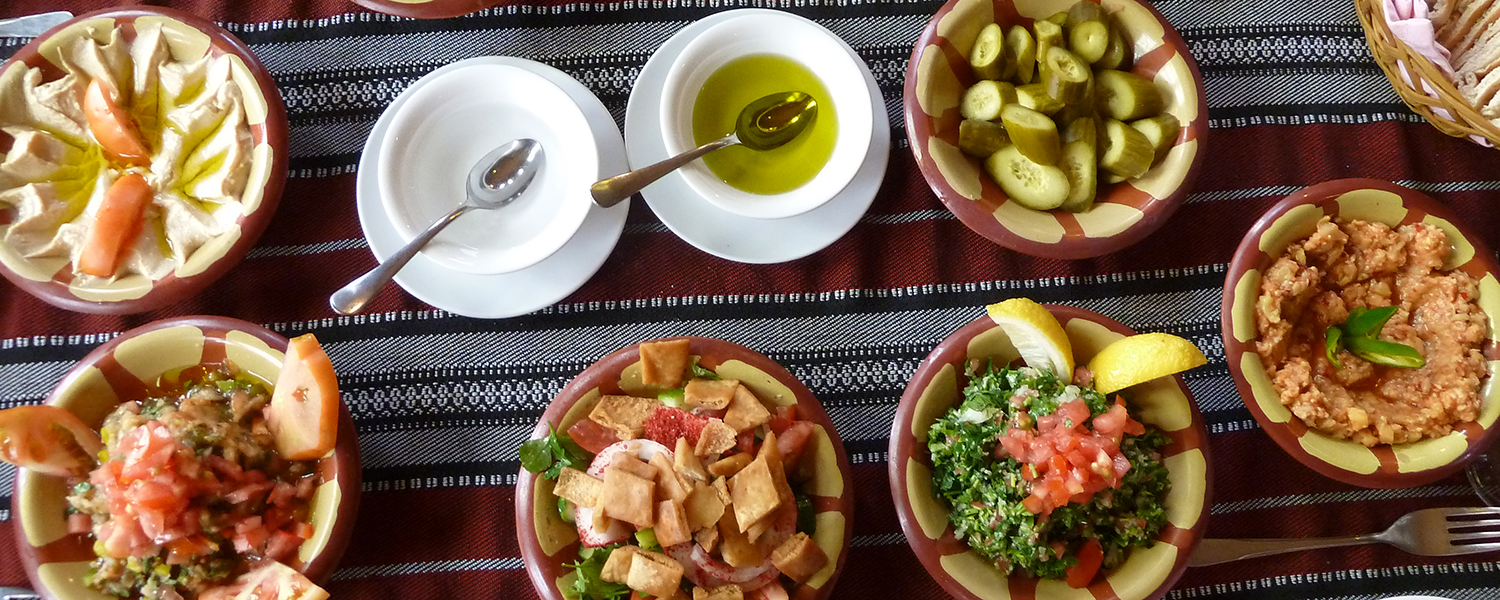
World Food Travel Association
[bctt tweet=”“Food travelers are actually skewing younger, towards the millennial generation. Food travelers are not necessarily wealthy. It’s not an elitist activity.” – Erik Wolf #WhyCollaborate #podcast”]
Then when you look at people’s preferences, we call these psycho culinary profiles. Basically, it’s foodie purchasing behavior. When a friend of yours says, “Oh you need to check out the new Italian or French restaurant down the street, it’s amazing,” and you go and you don’t understand what your friend was saying, there’s a disconnect there, That’s because you have different psycho culinary profiles or expectations about the experience.
When we look at the 13 different choices that people could have, the top choice is authentic. People are looking for food and drink that’s prepared according to the recipes and traditions of the region. Eclectic is in second place, and that’s a wide variety of experiences. Localist is in third place, and that is the locally owned and operated restaurants, bars, or any other kind of food establishment. Social is in fourth place, that is where spending time talking or meeting with friends and family are as important as the dining portion. Then innovative is people who are looking to experiment often wanting to try innovative things. Maybe they won’t necessarily want to visit the same place twice.
If we look down the list, gourmet is way down the list. So one, two, three, four, five, six, seven, eight. Gourmet is actually eighth on the list out of 13 possible choices representing only 18%. Now just to make things simple, people can have up to three psycho culinary profiles. Just because someone chooses gourmet as one of their first choices, there could be other ones. So people could be gourmet with authentic and eclectic. So when you start to think about distilling that down, the 18% of gourmet still needs to be distilled down further because it could represent only one-third of someone’s three possible choices. So gourmet is really a small impact.
I think that the role of all of the chef shows on television and the shows about cooking, ingredients, and so on, have piqued people’s interest in eating out and eating differently. People may be interested in seeing gourmet chefs cooking and competing on television, but when it comes to actually engaging in the experiences themselves they’re really more about the authentic experience. That high-end stuff is really a very small minority of consumers.
Well, and I think what’s interesting too in your example, when you were talking about Peru for example, is that they may have these really great Michelin rated, Michelin star restaurants, but if they don’t have a large enough quantity of them, and if they are so far apart that they’re not gonna meet the visitors’ expectation, and then the experience becomes maybe perhaps even a negative experience because you don’t feel like you’re really part of something that you were promised.
Then kind of taking that a step further, I loved how you talked about it in terms of economic impact because you’re talking about reaching a broader section of what your destination might have to offer if you choose perhaps one of these other profiles and try to attract those other types of profiles.
That’s exactly right. Really the name of the game here is making a sustainable economic impact. In fact, we say in the mission of our association that we create economic opportunities where food and beverage meet travel and hospitality. It’s about bringing in new money and all of the benefits that brings as well, so new taxation and so on for governments. We’re creating new economic opportunities, and when you have just a drop in the bucket it’s hardly gonna make any noticeable impact at all.
What the World Food Travel Association Does
You know what would be great is if you could segue a little bit, and let’s talk about your association for our listeners’ sake. We will certainly provide a link on your show notes page but could you tell us a little bit about what World Food Travel Association does and how you help serve the public in this way?
Sure. Well, the association was founded back in 2003 and, as I said, our mission is to create economic opportunities where food and beverage meets travel and hospitality. That’s quite a broad sweeping statement, but what it means is that we have several different divisions that we focus on to conduct our programming. For example, we have events where we educate the trade about what food and beverage tourism is. We talk about examples, best practices, case studies, and so on. We have a new innovation summit that will focus on what’s new and forward-looking in the industry, so how things like specific technologies like virtual reality or 5G will impact the food tourism industry.
We also have a publishing arm. In the publishing arm we do things like the “Have Fork, Will Travel” book. That is something that anyone can find on Amazon, and that’s really kind of the handbook of the food and beverage tourism industry and that’s kind of a how-to with examples, best practices, case studies, and so much more.
We also have a consulting arm. We work with various destinations around the world to help them to develop a food tourism strategy and to leverage that as a roadmap for their success when it comes to food and beverage as an attraction.
We also, of course, have our education wing. Education is really the majority of our focus. So things like our certification program, actually all of our research comes under our education as do some of our books and so on. Education is really the majority of what we do. We are an educational institution; that’s how we’re classified by the US government. That’s our primary focus — educating the trade as to how to benefit from working with the food and beverage tourism focus.
We also have a new focus on consumers, so one of the things that we are working on for this year is to help consumers to be aware of the amount of food and beverage packaging that they are generating while traveling and to get them to reduce that. The other focus that we’re bringing to the forefront of consumers is how to preserve and promote the local food and beverage cultures around the world.
That’s great. Well, that’s a lot. You have a lot going on.
We do a lot, it’s true.
I can see how it all builds on each other and how all of those things really work to serve your mission.
The Certified Culinary Travel Professional Program
Can you talk a little bit about the certification program and how that works?
Sure. The certification program is our oldest product, it was developed back in 2008. We developed it to speak to the industry’s needs where people were needing some kind of trade, the trade professionals were needing some kind of validation that they were really experts on the food tourism industry. There was a need for this because you had people who were doing things like running food tours or destinations that were trying to roll out programming and they really didn’t know what they were doing. They didn’t know the scope of the food tourism industry. They might have had a gourmet focus or they might have focused on farming and agriculture. We saw that there was this gap, that people really needed to understand the full scope of food tourism, what it was, how they could benefit from being involved in it, how to develop products in it, and market those products and so on.
So we developed the Certified Culinary Travel Professional Program. In the past, oh just under 10 years, we’ve certified about 800 students from around the world. When I say students, those are people of any age group. Professionals, media professionals, academics, food tour operators, lodging property owners, you name it, business owners, those are the people that we’ve certified. Now we’re in the process of revamping our certification program and we are creating a series of about 12 masterclasses. The new certification program that will come out later this year will allow students to create their own custom program with three core classes and then two elective classes from those other 12 classes I talked about.
We’re excited about the next evolution of the program. One of the things that we’re known for doing is innovating. We don’t sit here and rest on our laurels. We have always innovated, that’s how we got a reputation as being the world’s leading authority on food and beverage tourism and we continue to innovate. By overhauling and offering a new kind of customizable certification program is just another example of how we continue to innovate.
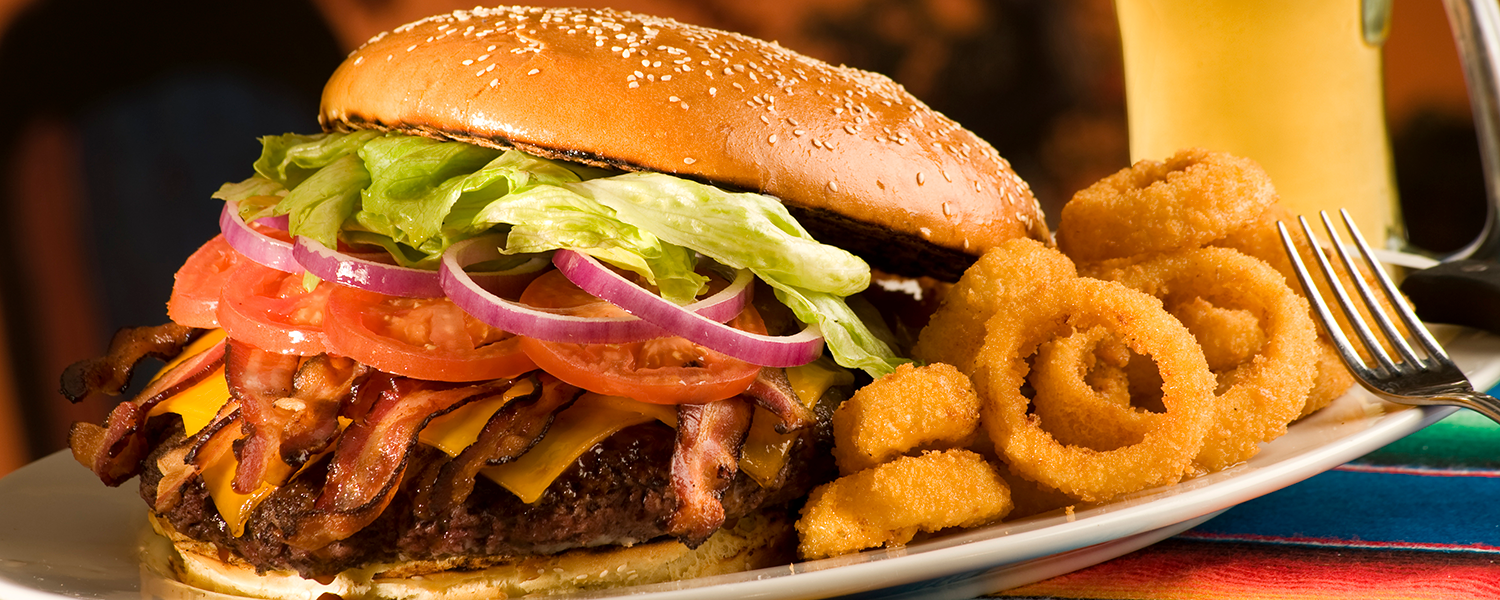
World Food Travel Association
[bctt tweet=”“We have always innovated. That’s how we got a reputation as being the world’s leading authority on food and beverage tourism.” – Erik Wolf #WhyCollaborate #podcast”]
That’s awesome. I think that sounds really great. I had read about that on your website when I was preparing for this interview. One of the things that kind of struck me is how an entrepreneur, someone who’s actually interested in getting into this area or maybe they already have a business, but they can actually use this to help them build their business and grow. I think that that’s just a really great resource and another way that you’re creating economic impact.
I guess there’s a reason why it’s our most popular product.
Yeah. That would make sense.
Erik’s Favorite Collaboration
Well this has been a really great conversation as I knew it would be. So many great nuggets of information that you are sharing. Before we wrap up, I would like to ask a few questions on the topic of collaboration because we do like to focus on that as well on these shows.
One of the things that I like to talk about when I think about collaboration is what I call coopetition, which is what I see so often in the travel and tourism industry, where perceived competitors come together to create something bigger than what they could do on their own. It could be a regional program where folks are coming together or, in your case, it could be a number of food-related assets that come together and create a product. I just find that really fascinating. I’m wondering if you can share any of your experiences with any collaborations that you’ve been a part of with our listeners.
Well, I think the funnest collaborations that we’ve been part of are the UNESCO Creative Cities of Gastronomy Program. We’re not engaged in that program anymore but for several years we worked with them on it. That was a peer-review process, so you had different leaders throughout the world that would come together and review applications for this award for cities that applied to be the Creative Cities of Gastronomy.
That was a really fun collaboration because you had these different experts from around the world and you got to discover places that would really probably not be on your radar for any other reason. I remember we received an application from Östersund, Sweden. This is a place I’d never even heard of. The application was so well done, it was so interesting, and it really brought the destination to life.
Another application we received was from Tucson. I remember seeing Tucson’s first application and it didn’t qualify for the first round but then they submitted a second application and it was fantastic. Who knew that Tucson was in this valley, the agricultural and culinary resources were 4000 years old. So they really took that and built on it to draw attention to Tucson as a Creative City of Gastronomy.
A lot of people, when they hear Tucson and Gastronomy, they kind of look perplexed. But when you explain to them what is behind that and the depths of the application and what when into it, then they start to understand. Things like their seed bank that they have, the role of the different cultures from Native American to Chinese, Japanese, Spanish, and so on, and how those all came together to work together and then people understand. I would say being part of that program was was a lot of fun and I think that’s an example of how we can work to give back to the industry and support each other.
Yeah. That’s a really great example. I love that about Tucson because what that just really revealed too is really digging deep and getting to what is that story for food travel. It’s not just your restaurants and your food assets, but in Tucson’s case, it goes back 4000 years. I think that’s just a really amazing story and example so thanks for sharing that.
Oh sure.
So Erik, I’ve enjoyed our conversation. Before we say goodbye do you have any final thoughts or is there anything that you would like to share that I didn’t ask you that you wish I did?
All I would say is just eat well, travel better, which is also the tagline of the association.
Well I would agree with that, eat well and travel better. That sounds like a great way to end this conversation. I really appreciate you sharing your time and your knowledge with us. We’ll look forward to connecting with you again.
Thank you so much, Nicole. It was a pleasure.
We value your thoughts and feedback and would love to hear from you. Leave us a review on your favorite streaming platform to let us know what you want to hear more of. Here is a quick tutorial on how to leave us a rating and review on iTunes!







